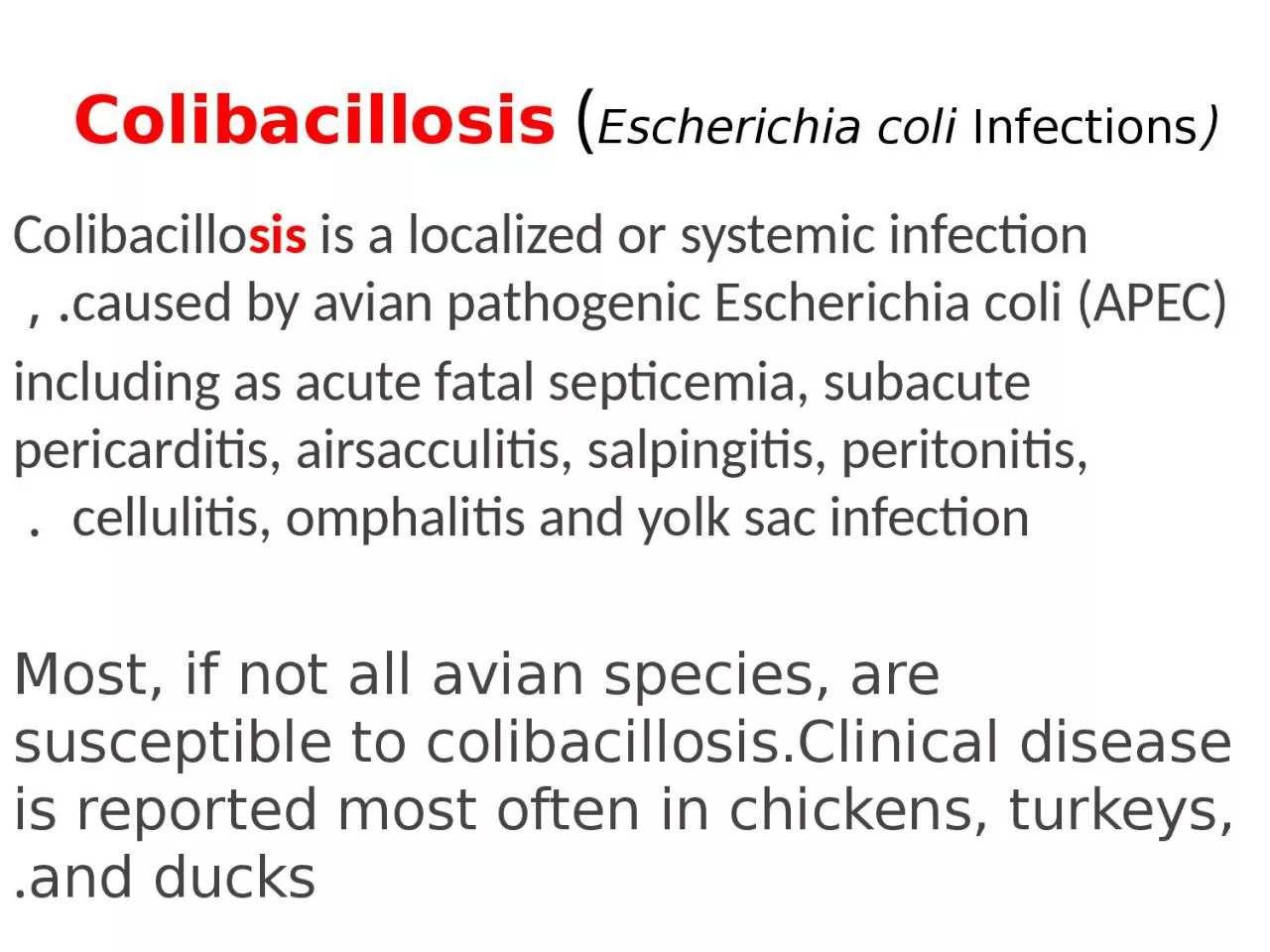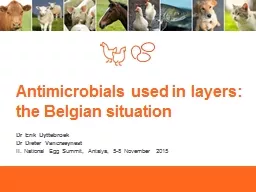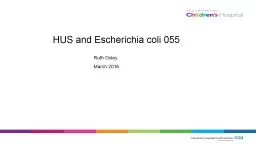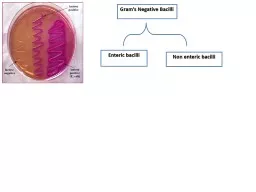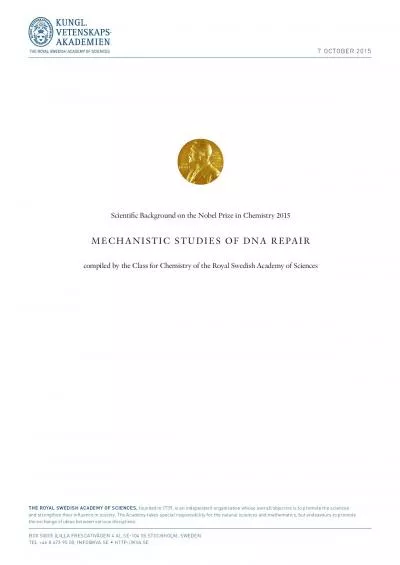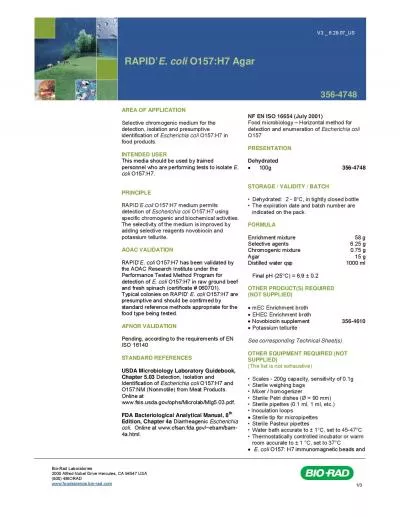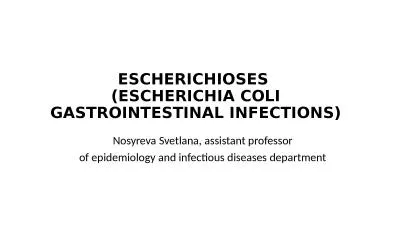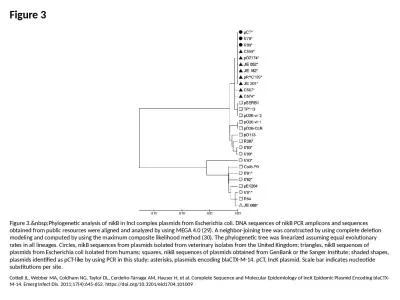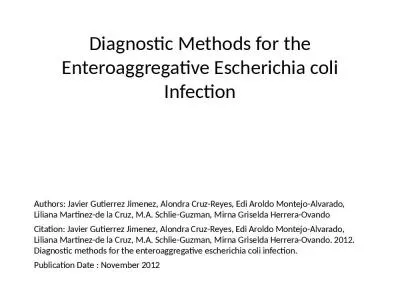PPT-(Escherichia coli Infections
Author : anastasia | Published Date : 2024-02-03
Colibacillosis Colibacillo sis is a localized or systemic infection caused by avian pathogenic Escherichia coli APEC including as acute fatal septicemia subacute
Presentation Embed Code
Download Presentation
Download Presentation The PPT/PDF document "(Escherichia coli Infections" is the property of its rightful owner. Permission is granted to download and print the materials on this website for personal, non-commercial use only, and to display it on your personal computer provided you do not modify the materials and that you retain all copyright notices contained in the materials. By downloading content from our website, you accept the terms of this agreement.
(Escherichia coli Infections: Transcript
Download Rules Of Document
"(Escherichia coli Infections"The content belongs to its owner. You may download and print it for personal use, without modification, and keep all copyright notices. By downloading, you agree to these terms.
Related Documents

